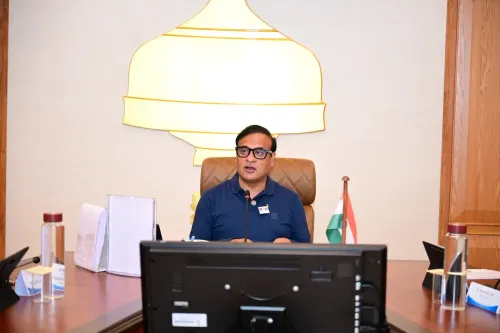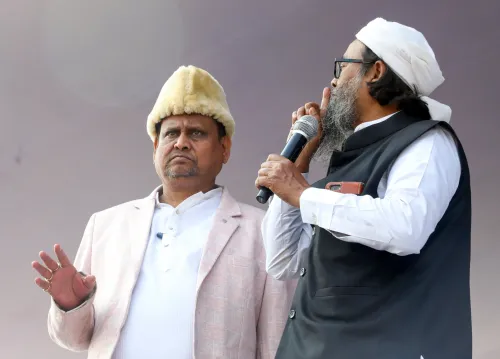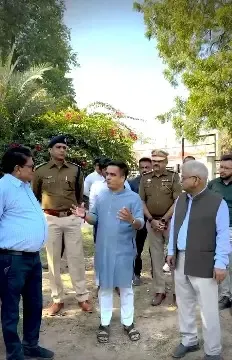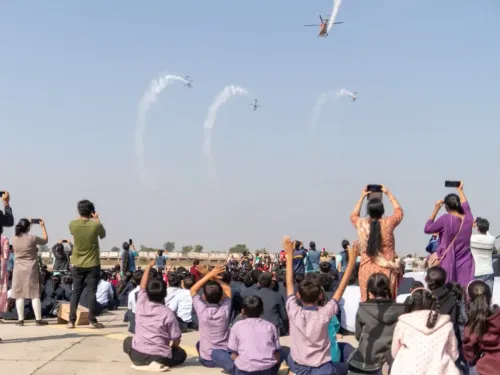The Rise of Jammu and Kashmir's Film Industry Post Article 370 Revocation
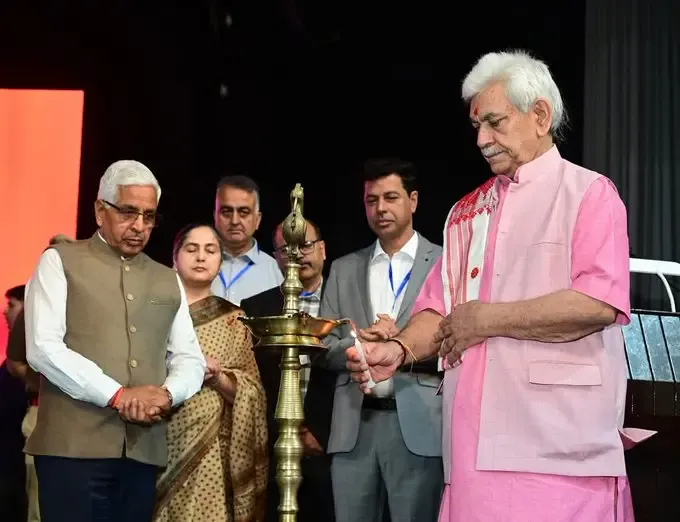
Synopsis
Key Takeaways
- Revocation of Article 370 transformed J&K's film landscape.
- The 2021 Film Policy significantly boosts local talent.
- Local artists encouraged to address social issues through cinema.
- Technological advancements aid filmmakers in J&K.
- Film industry contributes to regional economic growth.
Jammu, March 23 (NationPress) Following the revocation of Article 370 in August 2019, the cinematic landscape of Jammu and Kashmir has undergone a remarkable evolution, spurred by the Jammu and Kashmir Film Policy, particularly the version introduced in 2021.
This policy has significantly benefited local artists, aiming to establish the region as a premier filming hub.
Recently, J&K L-G Manoj Sinha inaugurated the ‘Tawi Filmotsva’, organized by the J&K Cine Association, at Abhinav Theatre, Jammu.
During his speech, the L-G congratulated the organizers, filmmakers, and all individuals involved in the short film festival designed to showcase local talent.
“Cinema serves as a powerful tool for education and a pivotal agent of social change. I encourage our local artists to balance entertainment with social responsibility and leverage this impactful medium for societal benefit and transformation,” he stated.
He also discussed the progressive 'Film Policy' and other essential measures taken by the government to foster a vibrant film ecosystem in J&K.
“I take pride in the fact that Jammu Kashmir has secured its place in the film industry. Our initiatives for peace and development over the past five years have made Jammu Kashmir an increasingly appealing destination for Hindi, regional, and international film projects,” he expressed.
He further emphasized that advancements in technology have empowered local emerging filmmakers, actors, and professionals across various cinematic disciplines to exhibit the region's rich and diverse cultural heritage.
Additionally, he urged filmmakers and artists from Jammu Kashmir to raise awareness about social issues and advocate for positive change through their creative pursuits.
“Creativity not only fulfills aspirations but also catalyzes social change. I have witnessed the profound influence of various creative mediums on society, but the impact of cinema is unparalleled; it has been instrumental in raising awareness of numerous social issues. I urge our youth to nurture their creativity to combat social challenges like drug addiction and channel their talents into initiatives that uplift others. I hope our youth assist the government in reaching out to the underprivileged and ensuring a dignified life for all,” he remarked.
The flourishing film industry signifies a pivotal shift in J&K, with film production now contributing to peaceful employment and opening new avenues for the younger generation, while local talent is energized by the evolving landscape.
Actor Kusam Tickoo shared with IANS a sense of optimism regarding the positive transformations in the industry, noting the increasing opportunities for local talent.
Actor and Director Sandeep Rattan Verma praised the rejuvenation of cinema in the area, highlighting that the new policy is not only enhancing film production but also benefiting sectors like hospitality.
"The reopening of cinemas and the surge in film shoots will substantially uplift the region's economy,” he remarked.
Lieutenant Governor Sinha reiterated the administration's dedication to the film sector, underscoring the significance of cinema in fostering peace, creativity, and job creation in the region. These advancements illuminate the growing vibrancy of Jammu and Kashmir's cultural scene, with the film industry playing a vital role in its socio-economic revival.
The Jammu and Kashmir Film Policy 2021 is designed to bolster both domestic and international film production in the region. This policy outlines comprehensive guidance for those looking to film in Jammu and Kashmir, with a particular emphasis on providing single-window clearance to streamline the process and conserve filmmakers' time and resources.
Furthermore, it ensures the establishment of adequate security and safety measures for filmmakers at no cost, allowing for a seamless shooting experience in their chosen locations.


